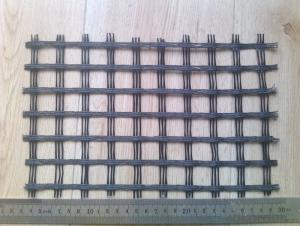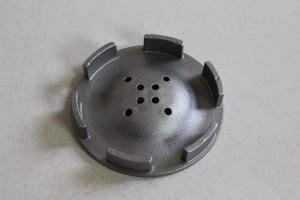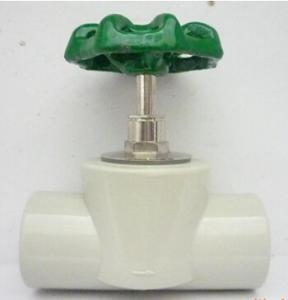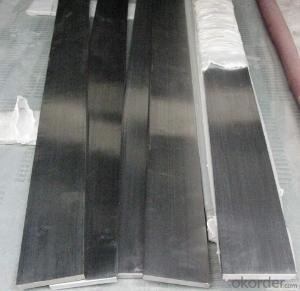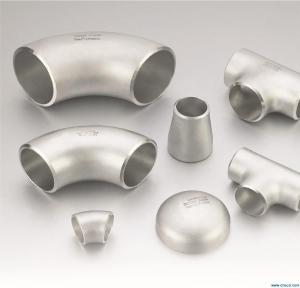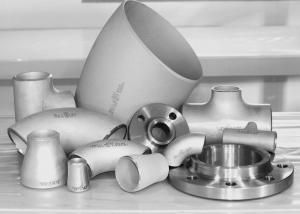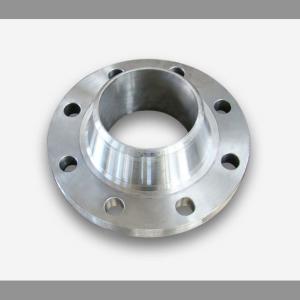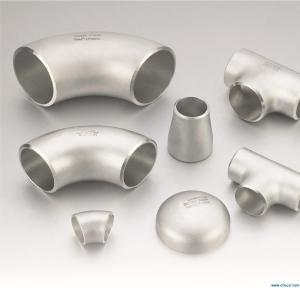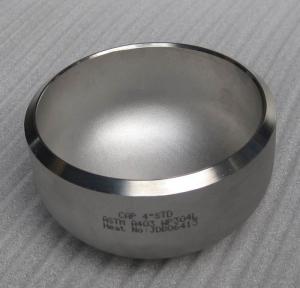Pitting On Stainless Steel
Pitting On Stainless Steel Related Searches
Best Paint For Stainless Steel Blanket Insulation For Steel Buildings Primer For Galvanized Steel Foam Filter For Stainless Steel H S Code For Stainless Steel Surface Grinding Wheels For Stainless Steel Surface Grinding Wheels For Hardened Steel Hole Saw For Stainless Steel Paint For Stainless Steel Stainless Steel For BbqHot Searches
Steel Mesh Panels For Sale Price For Stainless Steel Scrap Scrap Price For Stainless Steel Price For Stainless Steel Stainless Steel Tank For Sale Stainless Steel Sheets For Sale Cheap High Tea Sets For Sale Stainless Steel Tanks For Sale Stainless Steel For Sale High Density Fiberboard For Sale Solar Hot Water Collectors For Sale Scaffolding For Sale In Uae Scaffolding For Sale In Ireland Scaffolding For Sale In Houston Type Of Inverter For Solar Price Of Shipping Containers For Sale Types Of Inverter For Solar Stock Price For Aluminum Used Solar Inverter For Sale Steel Mesh Panels For SalePitting On Stainless Steel Supplier & Manufacturer from China
Okorder.com is a professional Pitting On Stainless Steel supplier & manufacturer, offers integrated one-stop services including real-time quoting and online cargo tracking. We are funded by CNBM Group, a Fortune 500 enterprise and the largest Pitting On Stainless Steel firm in China.Hot Products
FAQ
- Stainless steel flats resist abrasion and erosion due to their unique composition and surface properties. The presence of chromium in stainless steel forms a protective oxide layer on the surface, which acts as a barrier against external factors like abrasive materials and corrosive agents. This oxide layer inhibits the formation of rust and corrosion, thus enhancing the material's durability and resistance to wear and tear. Additionally, stainless steel flats possess high hardness and strength, making them capable of withstanding the friction and impact caused by abrasive particles or erosive forces, ensuring long-term performance and minimal damage.
- To prevent staining on stainless steel flats, it is important to regularly clean them with mild soap and water, avoiding harsh or abrasive cleaners. Additionally, wiping them dry after cleaning and avoiding prolonged exposure to moisture can help prevent staining. Applying a stainless steel cleaner or polish can also create a protective barrier on the surface and minimize the chances of staining.
- Stainless steel flats are indeed applicable in the construction aftermarket. With their versatility and exceptional durability, they prove to be fitting for a wide range of construction purposes. In buildings, they are frequently employed for structural support and framing, while also serving as reinforcement for concrete structures. Their ability to resist corrosion and rust is remarkable, thereby rendering them perfect for outdoor and high-moisture settings. Furthermore, their pleasing appearance and minimal upkeep demands contribute to their widespread preference within the construction sector.
- Stainless steel flats are highly reliable and perform exceptionally well in abrasive environments. The unique composition of stainless steel, which includes a high percentage of chromium, provides it with excellent resistance to abrasion, corrosion, and wear. This makes stainless steel flats suitable for use in various abrasive environments, including mining, construction, manufacturing, and marine applications. The chromium content in stainless steel forms a thin and protective oxide layer on the surface, known as the passive film. This passive film acts as a barrier against abrasive particles, preventing them from causing damage to the underlying material. Additionally, stainless steel flats can be further enhanced with different alloying elements like nickel and molybdenum, which significantly increase their resistance to corrosion and wear. Stainless steel flats are also highly durable and long-lasting, making them a cost-effective choice for abrasive environments. They can withstand high impact and maintain their structural integrity even in harsh conditions. Furthermore, stainless steel flats have excellent heat resistance, allowing them to withstand extreme temperatures without warping or losing their mechanical properties. In terms of maintenance, stainless steel flats are relatively easy to clean and require minimal upkeep. They can be easily wiped clean or washed with mild soap and water to remove any abrasive particles or contaminants. This makes stainless steel flats a practical option for environments where cleanliness and hygiene are crucial. Overall, stainless steel flats are well-suited for abrasive environments due to their superior resistance to abrasion, corrosion, and wear. Their durability, strength, and low maintenance requirements make them an ideal choice for applications where the material will be exposed to constant friction, impact, or abrasive substances.
- Stainless steel flats typically have a lifespan of 20-30 years or even longer, depending on the quality of the steel, the environmental conditions, and the maintenance practices.
- Yes, stainless steel flats can be used in chemical storage tanks. Stainless steel is highly resistant to corrosion, making it an excellent choice for storing various chemicals. It can withstand exposure to corrosive substances and maintain its strength and integrity over time. Additionally, stainless steel offers good mechanical properties and is easy to clean, making it suitable for use in chemical storage tanks.
- There are numerous factors that contribute to the cost variation of stainless steel flats, including the grade of stainless steel, the size and thickness of the flats, and the current market conditions. Typically, stainless steel flats are priced either per kilogram or per pound. The price can fluctuate between $3 and $10 per kilogram, or $1.35 to $4.50 per pound. However, it is important to consider that these prices are merely estimations and are subject to change based on factors such as quantity, location, and supplier. To obtain an accurate cost, it is advisable to reach out to a stainless steel supplier or utilize online platforms that specialize in metal pricing.
- Yes, stainless steel flats can be used in the renewable energy aftermarket. Stainless steel is a highly durable and corrosion-resistant material, making it suitable for various applications in the renewable energy sector. It can be used in the manufacturing of solar panels, wind turbines, and other renewable energy equipment and infrastructure. Stainless steel flats are commonly used in the construction of solar panel frames, mounting systems, and support structures due to their strength, stability, and ability to withstand harsh environmental conditions. Additionally, stainless steel has excellent heat resistance properties, making it ideal for applications that involve high temperatures, such as concentrated solar power plants. Overall, stainless steel flats are a reliable and long-lasting option for the renewable energy aftermarket, ensuring the sustainability and efficiency of renewable energy systems.























